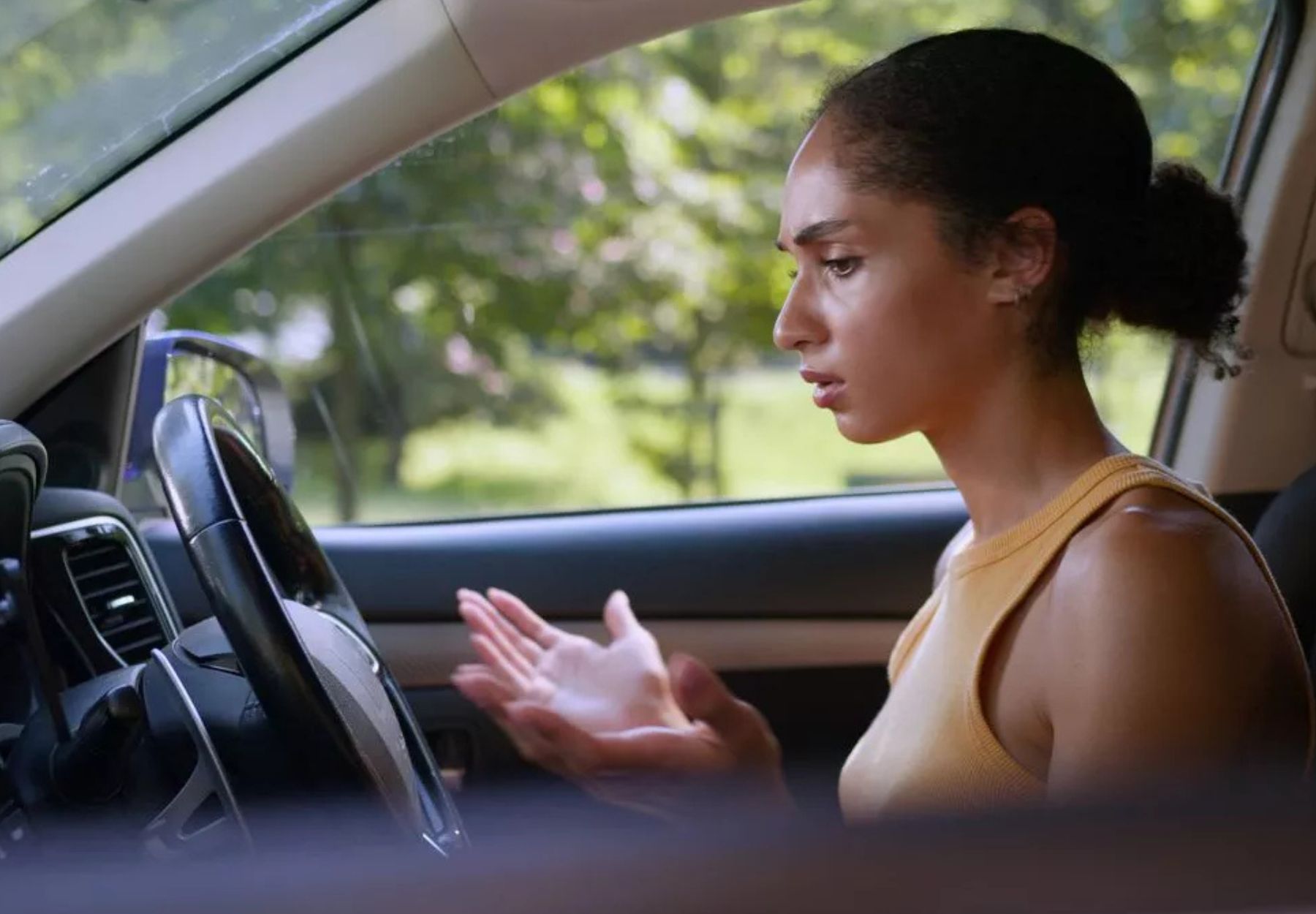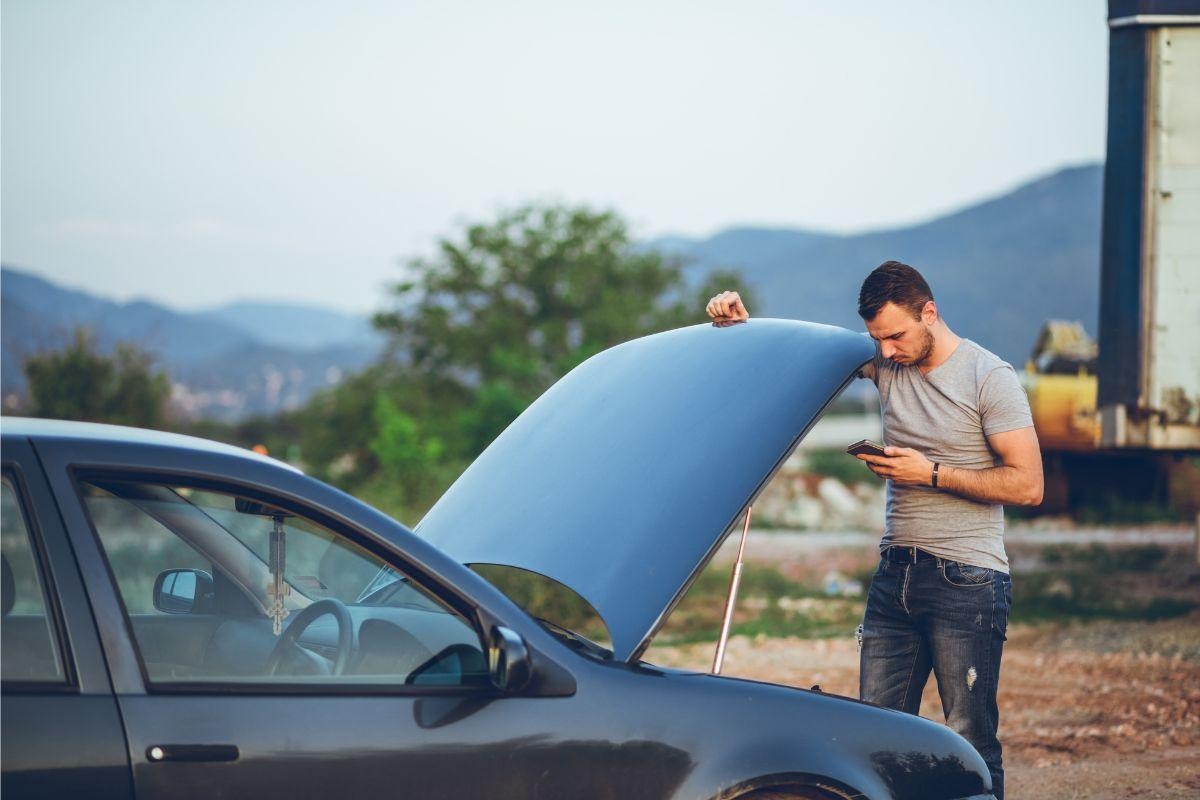Need an urgent quote?
Call us to speak to a team member


It always seems to happen at the worst possible time. You are on your way to work, heading home from a weekend trip, or driving along the highway when you suddenly realise your car has broken down. The engine light flashes, the steering feels off, or the car simply stops responding. In that moment, panic can set in.
Having a broken-down car is stressful, inconvenient and sometimes frightening, especially if you are stranded on a busy road or in an unfamiliar area. But knowing what to do next can help you stay calm, stay safe, and get professional help quickly.
Here is a practical step-by-step guide to handling a car broken down on the side of the road or highway, including how to signal distress, when to stay in your vehicle, and who to call for help.
When your car is broken down, your first priority should always be safety. If possible, steer your vehicle to the left shoulder or a safe location away from moving traffic.
Avoid stopping near corners, bends or blind spots. If your car has broken down on a highway, try to reach an emergency stopping bay or the breakdown lane.
Once you have stopped, turn on your hazard lights immediately to alert other drivers.
If it is dark or visibility is poor, keep your headlights on low beam as well.
Always apply the handbrake before exiting the vehicle.
If you cannot move your car safely, stay inside with your seatbelt fastened until help arrives. Exiting a vehicle in high-speed traffic can be extremely dangerous.
When dealing with a broken down car, proper signalling is essential. The most recognised distress signal for a broken-down car is your hazard lights. However, there are several additional steps you can take to make your vehicle more visible and to warn others of the hazard.
Place a reflective warning triangle at least 50 metres behind your car on country roads or about 100 metres on highways.
If available, wear a reflective safety vest when placing equipment.
Pop the bonnet of your car if it is safe to do so. This helps passing motorists recognise that your vehicle is disabled.
If you are in a remote area or driving at night, you can use a torch or your phone’s light to make yourself visible. The goal is to signal clearly without putting yourself in danger.

Once you are safe and visible, follow standard emergency breakdown procedures. These steps will help ensure your safety and streamline the process of getting help.
Check whether your vehicle can be restarted or moved.
Do not attempt to fix complex issues on the roadside. This can be risky, especially near moving traffic.
If your car has broken down on the side of the road, call a professional towing and roadside support provider such as Nationwide Towing & Transport.
If you are in a dangerous position, contact the police or roadside emergency services for help managing traffic until a tow truck arrives.
By following these simple steps, you can minimise the risk to yourself and others while ensuring your car is recovered safely.
Knowing when to stay inside the vehicle and when to exit is crucial. If you have a car broken down on the highway, it is generally safest to remain inside with your seatbelt on. High-speed roads leave little room for error, and standing near traffic can be deadly.
If you are on a quiet suburban or rural road and it is safe to do so, you may exit the car on the passenger side and stand behind a barrier or well off the road. Always keep an eye on traffic conditions and never stand in front of or behind your vehicle.
If you feel unsafe for any reason, such as being in a poorly lit area or feeling stranded late at night, lock the doors and wait for help inside the car. When calling for help, describe your surroundings clearly and use location services or GPS coordinates to guide the tow operator.
Many drivers wonder: “My car has broken down, who do I call?” The answer depends on your situation.
If you have roadside assistance through your insurance, membership or dealership, call their 24-hour support line first. If you do not, or if your issue requires towing rather than a quick fix, you can contact Nationwide Towing & Transport directly on 134 869.
As one of Australia’s most trusted towing providers, Nationwide has more than 400 vehicles on the road and decades of experience assisting drivers with car breakdowns in Sydney, Melbourne, Perth, Brisbane and beyond.
Whether you need local help or long-distance vehicle transport, their trained professionals can recover your car safely and efficiently.

After you have made the call for assistance, follow these steps while waiting for the tow truck to arrive:
A broken-down car often feels like bad luck, but many breakdowns are preventable with routine maintenance. Regularly check your battery, coolant levels, oil and tyre condition. Get your vehicle serviced according to the manufacturer’s schedule, and address dashboard warning lights promptly.
Before long trips, inspect your tyres, test your wipers and lights, and ensure your spare wheel and jack are in working order. Carrying a basic roadside kit including jumper leads, a torch and a reflective triangle can make a huge difference if you find yourself stranded again.
No matter how well you prepare, sometimes breakdowns just happen. If your car is broken down or you are stuck with a broken-down car on the highway, do not take risks or attempt unsafe repairs.
Instead, contact the professionals at Nationwide Towing & Transport. Their experienced team operates around the clock, offering fast, safe and dependable towing services across Australia. With the right support, you can get back on the road quickly and with total peace of mind.
A car broken down on the side of the road can turn any day upside down, but knowing what to do next keeps you safe and in control. Prioritise your safety, use clear distress signals for broken-down cars, and rely on trusted towing professionals when you need help.
Keep Nationwide’s number, 134 869, saved in your phone so you are never caught unprepared.
When your car has broken down, having help you can trust makes all the difference.
Every person within Nationwide Group plays an important role in our success. We believe that our success comes from the passion and talent of our team, and we work hard to provide opportunities for growth and development for our people.

Have you broken down or need urgent transportation?
Get in touch via phone or online form to arrange help!